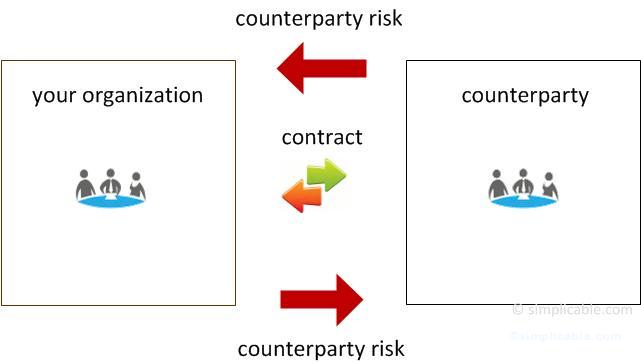Why Risk Management Fails
posted by John Spacey, November 28, 2012Bankers and project managers have one problem in common: risk management.
Not surprisingly, PMs and bankers use many of the same risk management strategies. Also not surprisingly, the most common reason for risk management failure is the same for both: it's difficult to transfer risk.
Be wary of the man who urges an action in which he himself incurs no risk.
~ Lucius Annaeus Seneca
Transferring Risk to Vendors for Fun and Profit
Let's say you're a project manager who wants to reduce the risk that a project will go over budget. You remove the risk by securing a fixed price contract with a vendor.This is a common approach to project risk management that often fails.
If the project starts to go wrong, the vendor loses money. The relationship with the vendor will be at risk of turning sour. The project manager will push the vendor hard to deliver, the vendor may respond by:
- Cutting corners.
- Forcing change requests for anything not 100% clear in the requirements. Experienced vendors can easily find holes in your requirements.
- Overcharging for change requests.
It's difficult to shift project risk to a tough vendor. Fixed price contracts are no guarantee you've reduced risks.
Fixed price contracts may end in project failure followed by years of legal wrangling.
Hurricanes and Financial Storms: Fun with Counterparty Risk
Let's say you own a oil rig and you want to reduce the risk of a hurricane destroying the rig.You buy hurricane insurance and forget about it. This seems simple enough, except for one menacing problem. When you pay your insurance company to take your risk: you get something back in return: counterparty risk.

Counterparty risk is the risk that each party in a contract will fail to fulfill their obligations.
Let's say there's a major hurricane that destroys 10 oil rigs and your insurance company has insured them all. If the insurance company goes bankrupt your claim won't likely be paid. Your counterparty risk has been realized.
In the 2007-2008 financial crisis, banks who had insured investments with credit default swap derivatives quickly found that their counterparties might not be able to pay. A domino effect took place and suddenly the banks didn't trust each other to settle financial transactions. The markets froze up.
How to Minimize Your Risks
Transferring risk to a third party isn't always easy. It's important to consider the effects of counterpart risk.In the case of project management, it's almost always better to reduce project risks than to shift them to a vendor.
 65 Business Risks (List)
Risk is celebrated as the brave and alluring basis for economic progress. But risk has a dark side ...
65 Business Risks (List)
Risk is celebrated as the brave and alluring basis for economic progress. But risk has a dark side ...
|
Recently on Simplicable

| What Competitive Advantage Really Meansposted by Anna MarA business with competitive advantage is like a star professional athlete: they're in a league of their own. They're not necessarily good at everything but they do a few things very well. |

| 14 Best Practices for Customer Service and Support Processesposted by Anna MarSuperior customer service is easiest and cheapest way to build competitive advantage. |



























